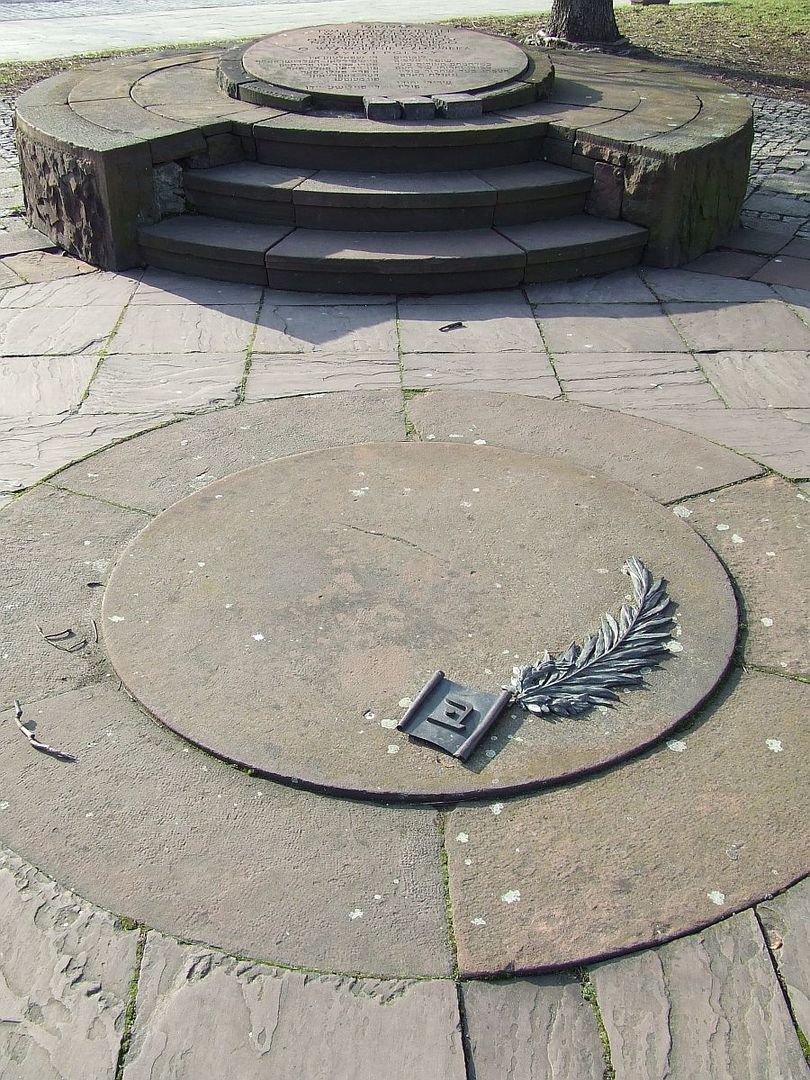Monument to the Ghetto Heroes in Warsaw
6.14

Overview
The Monument to the Ghetto Heroes, located in Warsaw's Muranów district, commemorates the inhabitants of the Warsaw Ghetto and their struggle during the 1943 uprising. The history of the site includes the Crown Artillery Barracks, which existed between 1784 and 1792 and, after World War II, became the seat of the Warsaw Judenrat. The first monument was unveiled in 1946 as a modest plaque inscribed in three languages, symbolizing the blood shed in battle. In 1948, a larger monument designed by sculptor Natan Rapaport was revealed. It takes the form of a trapezoidal block approximately 11 meters high, evoking the shape of the ghetto wall and the Western Wall in Jerusalem. The central element is the bas-relief "Struggle," depicting Jewish fighters in dynamic poses, alongside the bas-relief "March to Annihilation," portraying the suffering of Jews. The monument is made of Scandinavian basalt, originally ordered by the Germans but acquired by Jewish organizations after the war. It has been recognized as one of the most significant monuments in post-war Europe. Notable historical gestures include German Chancellor Willy Brandt kneeling before the monument in 1970 and the tribute paid by Pope John Paul II in 1983. In 2019, the square around the monument was named Warsaw Ghetto Heroes Square. A replica of the monument is also located at the Yad Vashem Holocaust Martyrs' and Heroes' Remembrance Institute in Jerusalem.
Location
Tickets
Powered by GetYourGuide
2025 Wizytor | All Rights Reserved